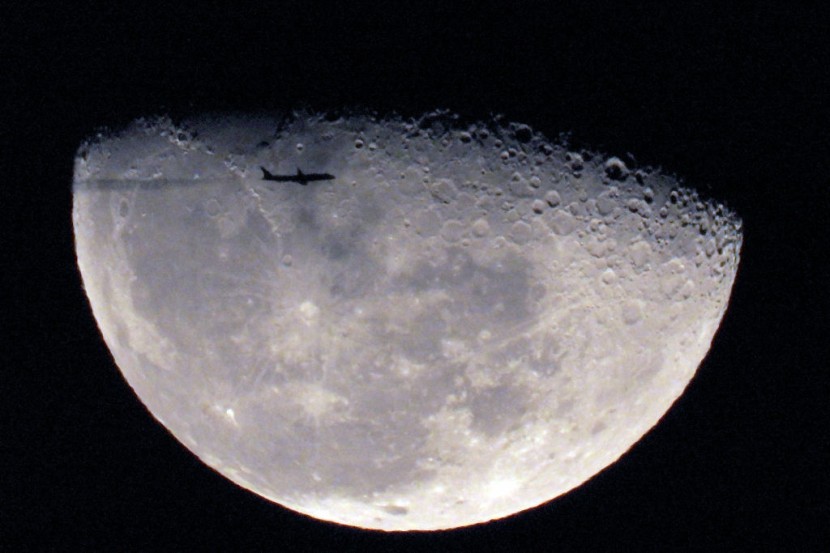In a report from the Associated Press, Japan has made a successful landing on the moon.

This makes Japan the fifth country to achieve this feat alongside China, India, the United States, and the Soviet Union. The spacecraft itself had no Astronauts on board though. This is part of an ongoing project.
The Mission Objective
Also despite this, there have been some hiccups as officials have yet to pinpoint the exact location of the spacecraft's landing. The head of the Institute of Space and Astronautical Science, Hitoshi Kuninaka, states that they believe that rovers have been launched and have been sending data back to Earth. However, there is also a potential power supply issue.
The main goal of this mission was to test new developments in landing technology that would allow for landing "where we want to, rather than where it is easy to land," the JAXA has stated. To emphasize the significance of this project Aeronautics professor at the Graduate School of Engineering at the University of Tokyo, Takeshi Tsuchiya stated "It is necessary to show the world that Japan has the appropriate technology in order to be able to properly assert Japan's position in lunar development." He further emphasized the moon's significance in resource exploration and highlighted its potential as a launchpad for missions to other planets, such as Mars.
Other experts have concurred with Tsuchiya's statement saying that the success of this project would provide a boost to Japan's profile in the space technological race that is taking place around the globe.
The spacecraft itself is titled Smart Lander for Investigating Moon which can be hyphened down to simply SLIM. However, it has also been given the nickname "the Moon Sniper" most likely due to the goal of the project to land on a specifically small target. The mission itself came shortly after an unnamed private U.S.-based company also attempted to carry out its own lunar mission but the spacecraft itself fell short of expectations after the craft began to leak fuel.
© 2025 HNGN, All rights reserved. Do not reproduce without permission.








